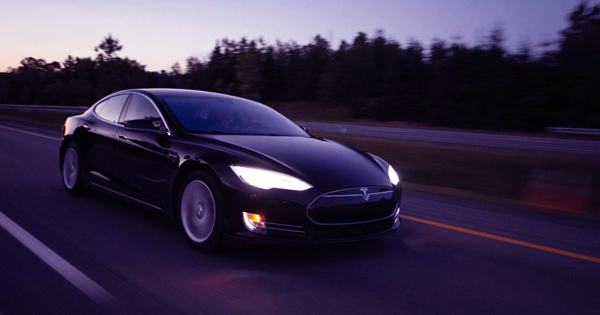A Reuter’s survey has revealed that half of the adults in the United States think that automobiles are more dangerous than conventional vehicles. There is a mountain of automated cars that people want to gain confidence. A March survey found that 73 percent of Americans said they were too scared to ride a fully automatic car, up from 49 percent in 2017.
Tesla actually wants people to look for these bugs and a free Model 3 Tesla provides a “bug bounty” to help make it safe for anyone who finds them. If you’re one of these people, this story probably won’t do anything to reassure you, but please try to remember this kind of problem being flagged is a good thing because it’s an error that the industry now knows and can try to fix.
Researchers at cybersecurity firm Keen Lab have used a few stickers on the side of the road to seal Tesla’s own driving feature and take it to the wrong lane. The system readily acknowledged this, and the team concluded that “it is difficult for an attacker to place some objectionable markings on the physical world by disabling the running Tesla vehicle lane recognition function.” In a study published, researchers first tried to confuse Tesla by blurring signs in the left lane.
So far so good, with only three stickers on the floor, they were able to lead Tesla down the opposite lane and possibly into direct traffic. However, the researchers then tried a “fake lane attack” with better (depending on your point of view) results.
The researchers wrote on paper, “Misleading an autopilot with some patches created by a malicious attacker … This is more dangerous than failing to locate the lane.” “The lane recognition function of the Tesla autopilot module is good in a general outdoor environment strong light, rain, snow, sand, and dust does not interfere but it cannot handle the situation properly in our test scene.”
This type of attack is easy to deploy and the materials are easy to find. The worry about this attack is how easy it is for potential malicious attackers because you don’t even have to physically or remotely connect to the vehicle.
The team hopes that the manufacturers will be able to deal with the potential flaws they have uncovered, helping them improve the stability and reliability of their automated car systems.















